Welcome to the LetPot Hydroponic plant classroom. Being here means you have encountered some questions about hydroponic rosemary, don't worry! Here I will give you a comprehensive guide to growing rosemary hydroponically and some great indoor hydroponic systems.

Rosemary is a common herb whose scientific name is Rosmarinus officinalis and belongs to the Labiatae family. Because of its unique fragrance, we often use it in the culinary, herbal, and perfumery fields. In cooking, rosemary is often used as a seasoning to add aroma and taste to dishes.
If my guess is correct, you should be a food expert. Can't wait to start growing rosemary hydroponically? Let's start!
How to grow rosemary hydroponically?

Compared to traditional soil growing, hydroponic rosemary requires preparing a suitable hydroponic growing system to replace the growing conditions the soil provides for growing plants. Here is a quick guide.
Quick Guide to Hydroponic Rosemary:
Material list:
- Rosemary seeds or seedlings
- growth medium
- container or hydroponic tank
- water pump
- oxygen pump
- bracket or support
- Hydroponic nutrient solution
- pure water
- pH and EC Testers
- Lighting equipment (grow lights)
- Timer
If you're trying to grow plants hydroponically for the first time, try the LetPot Max Hydroponics Garden, which features innovative automatic watering and nutrition features and app integration. With these features, you can start hydroponics effortlessly, even as a novice gardener.
System and parameters for hydroponic rosemary:
- Hydroponics method: NFT (Nutrient Film Technique)
- Growing medium: such as rock wool, porphyrite, or perlite
- Temperature: 20°C to 25°C
- pH range: 5.5 to 6.5
- EC: 1.2-1.8 mS/cm
- Lighting time: 6-8 hours
- Germination time: 7 to 21 days (1-3 weeks)
- Harvest time: 21 days to 42 days (4-6 weeks)
Hydroponic rosemary operation steps:
Prepare the container: Choose an appropriately sized container or pot, and make sure the container has good drainage.
Cutting or Seedling Selection: If you propagate rosemary from cuttings, choose rosemary sprigs with healthy stem segments. Using seedlings ensures they are healthy and free from pests and diseases.
Remove leaves: Cut the bottom leaves from rosemary stem segments or seedlings to ensure clean stem segments.
Place in containers: Place rosemary stem segments or seedlings in containers. If using stems, ensure the bottom of the stem is submerged in the container.
Add water: Fill the container with clean water, ensuring the bottom of the rosemary stems segment or seedling is submerged, not submerging the entire plant.
Lighting: Place the container in full sunlight, or use lighting devices such as LED lights to provide adequate light. Rosemary needs at least 6 hours of sun exposure per day.
Maintain the water level: Check the container's water level regularly and ensure it remains at the proper level. If the water evaporates or is absorbed by the plants, add an appropriate amount of water in time.
Nutrient solution (optional): If you want to give your rosemary extra nutrients, add a hydroponic solution to the water. Use the appropriate concentration of nutrient solution according to the product instructions.
Clipping and pruning: As your rosemary grows, regular pruning of the stem segments' tops and side branches will promote the plant's health and form.
Observation and maintenance: Watch the growth of rosemary closely. Ensure there are no signs of infestation, and the humidity is right.
A Step-by-Step Guide to Growing Rosemary Hydroponically
1. Choosing Rosemary Seeds for Hydroponics
Our common varieties of rosemary are Rosmarinus officinalis, Rosmarinus officinalis 'Prostratus,' Rosmarinus officinalis 'Golden Rain,' and Rosmarinus officinalis 'Blue Spires.'
Osmarinus officinalis: Narrow leaves, bluish-purple flowers, erect plants. This is the most common and widely grown variety, with a strong fragrance and distinctive herbaceous taste.
Rosmarinus officinalis 'Prostratus': is a vine that spreads across the ground and is suitable as a ground cover or potted to form a beautiful green carpet.
Rosmarinus officinalis 'Golden Rain': With golden-yellow stripes along the leaf margins, this rosemary has golden-yellow leaf margins.
Rosmarinus officinalis 'Blue Spires': Purple-blue flowers This rosemary variety with purple-blue flowers has a long flowering period and adds bright color to the garden.
I grow Rosmarinus officinalis myself, and so far, everything is fine. Because Rosmarinus officinalis has low water requirements, it is not difficult to grow, and it is easier to grow in water. If you are a novice gardener, start hydroponic planting with this variety. When you have mastered the planting skills, you can plant other varieties.
2. How to Germinate Rosemary Seeds

First, you must soak the rosemary plant in warm water for about 6-12 hours. The purpose of this is to soften the seed shell and promote germination.
While waiting for the seeds to soak, you can prepare a container with drainage, which can be a flower pot or a planter box, and then prepare some cultivation medium. I used rock wool. Then put the rock wool into the container and keep it moist.
When the seed soaking is complete, you want to spread the rosemary seeds evenly over the rock wool while pressing the seeds into the rock wool.
Then, you need to place the container with the seeds in a bright place but avoid direct sunlight, and it should be noted that the ambient temperature should be kept at about 20°C to 25°C. Also, use a spray bottle to mist the seeds with water to maintain proper humidity.
When everything is ready, all you have to do is wait for the seeds to germinate. My rosemary seeds started to germinate in about 1-3 weeks.
3. Transfer to your hydroponic system after germination

Once the seeds germinate and produce the first true leaves, you must be patient and wait for the rosemary roots to develop. After about 2-3 weeks, you can transfer the seedlings to a hydroponic system. Before moving to the hydroponic system, you need to adjust the water quality, pH value, EC value, nutrient solution concentration ratio, lighting equipment parameters, ambient temperature, and other parameters of the hydroponic system, and prepare some monitoring tools.
4. Hydroponic rosemary water quality and pH

Water Quality: I recommend using pure or distilled, or deionized water. Avoid potential water impurities and harmful substances that can negatively affect your plants.
pH: The optimal pH range for rosemary in hydroponics is 5.5 to 6.5. Maintaining an appropriate pH level contributes to the availability of nutrients plants absorb.
(Tools: Use a pH test kit to monitor the pH in your hydroponic system and adjust as needed.)
If the pH value is too high, you can add some acidic regulators (such as phosphoric acid) to reduce the pH value; if the pH value is too low, you can add some alkaline regulators (such as sodium hydroxide) to increase the pH value.
5. Nutrient solution and EC value of hydroponic rosemary

The nutrient solution is essential existence when we grow plants in hydroponics. Knowing the nutrients needed for the growth of rosemary is more conducive to our planting of rosemary. The main nutrients of hydroponic rosemary include nitrogen, phosphorus, and potassium. Still, it also needs iron, zinc, manganese, copper, boron, and other trace elements.
When using the nutrient solution, you need to pay attention to the solubility index of the nutrient solution. Nutrient overload can cause burns to plant roots and leaves to turn yellow. Too little nutrients will result in slow plant growth and scorched leaf margins.
It is essential to detect the EC value in an aqueous solution, and the following indicators can be used as a reference.
EC value: The EC value is an index to measure the concentration of dissolved substances in the hydroponic solution, which reflects the strength of the nutrient solution.
The suitable EC value of rosemary in hydroponics ranges from 1.2 to 1.8 mS/cm. An EC value that is too high may result in an excess of nutrients, while an EC value that is too low may indicate a nutrient deficiency. (Tool: Use an EC meter to monitor the EC value of the hydroponic solution and adjust it according to the needs of the plants.)
6. Illumination of Hydroponic Rosemary
Appropriate light conditions can promote the growth of hydroponic rosemary. If you control the light intensity and time, you may get a good harvest.I use an indoor hydroponic growing system with plant growing light.

Light Intensity: Rosemary likes bright light, so it needs to be provided with plenty of light intensity. Typically, rosemary requires at least 6 to 8 hours of direct sunlight daily. If growing indoors, you can place it next to a bright window or use an artificial light source such as fluorescent or LED lights to provide light.
Light time: During the growth stage of hydroponic rosemary, it is essential to maintain proper light time. Rosemary generally needs 12 to 16 hours of light daily to meet its photosynthetic needs. You can use a timer or manually control the light time to ensure the plants get the right light.
Avoid Overexposure: Although rosemary needs plenty of light, it also needs to avoid the problem of overexposure. In hot summer months or strong sunlight, rosemary can be overwhelmed by heat and light, causing the leaves to burn or wilt. In this case, move the plant to a shady location or provide adequate shade.
7. The temperature of hydroponic rosemary

Growing temperature: The suitable growing temperature range for rosemary is 20°C to 25°C. Rosemary grows and develops best in this temperature range. Maintaining a steady temperature helps promote healthy plant growth and nutrient uptake.
Minimum temperature: Rosemary is sensitive to low temperatures, especially in the cold winter. Avoid exposing rosemary to temperatures below 10°C, as this can cause stunted growth, yellowing of the leaves, or dieback of the tips of the plants.
Maximum temperature: Care is needed to avoid exposing rosemary to excessive heat during the high summer heat season. High temperatures can cause slow plant growth, yellow or curled leaves, and increase the rate of water evaporation. If the ambient temperature exceeds 30°C, providing proper shade or reducing the indoor temperature is recommended to protect the rosemary plants.
Temperature fluctuations: Rosemary is also sensitive to sharp changes in temperature. Avoid exposing your plants to large temperature swings, as this may adversely affect your plant's health. Providing a stable temperature environment will help rosemary grow properly.
During the cultivation of hydroponic rosemary, ensure that a suitable temperature range is provided, and avoid too low or too high a temperature, which is conducive to the average growth and development of the plant. Monitor and adjust the temperature of your growing environment regularly to ensure that your rosemary plants are in the ideal temperature conditions for the best results.
Daily management and maintenance of hydroponic rosemary
When you have done the above steps and your hydroponic rosemary is growing, you should also pay attention to the daily care of the plant. You can refer to some of my care methods:
1. Pruning Hydroponic Rosemary
Regular pruning of rosemary will help encourage branching and bushy plant growth. Long or unhealthy branches can be trimmed to promote the beauty of the plant and air circulation. At the same time, timely pruning of flower buds will help preserve the plant's energy and encourage new growth.
2. Spacing Hydroponic Rosemary
When growing rosemary in a hydroponic system, ensure enough spacing between the plants to grow and spread out fully. In general, rosemary plants should be spaced about 15 to 20 cm apart to ensure their roots have enough room to grow.
3. Hydroponic Rosemary Pests
Hydroponic rosemary can be infested by common pests such as aphids, mites, and whiteflies. Check the leaves and stems of the plants regularly and control the pests once they are present: spray the plants with soapy water or pepper water, introduce natural enemies such as ladybugs or parasitic insects to control the pests, or use suitable organic insecticides The agent is sprayed.
4. Hydroponic rosemary disease
Hydroponic rosemary can also be affected by root rot, leaf mold, and botrytis. The following should be observed to prevent and control disease onset: Avoid overwatering to prevent overwetting the roots, maintain proper ventilation and airflow, regularly remove dead leaves and plant debris, and spray with a suitable fungicide.
Healthy growth and good yields of hydroponic rosemary can be ensured by regular inspection, pruning, proper spacing, and pest and disease control. In addition, maintaining suitable water quality, nutrient solution, and light conditions is also the key to daily management.
Harvesting Hydroponic Rosemary
In my experience, you can harvest hydroponic rosemary in about 21 to 42 days (4-6 weeks). When it is worth noting, don't forget some details to do when harvesting because of the excitement of harvesting:
First Harvest: Hydroponic rosemary is usually ready for the first harvest about 4 to 6 weeks after planting. At this point, the plant has enough leaves for harvesting. The first harvest helps stimulate the plant's side shoots, promoting more branching and bushy growth.
Continuous Harvest: Hydroponic rosemary is a sustainable plant, so you can harvest its leaves whenever possible. Generally, rosemary leaves are harvested when they are of sufficient size and health. Choose to harvest every few weeks or as needed to maintain growth and yield.
Optimum Harvest Time: For the best taste and aroma harvest, it is recommended to do it in the morning or evening. This is because rosemary is at its strongest during these times, helping to retain its best flavor. Choose healthy, full-fledged leaves when harvesting, and try to avoid over-pruning to keep the plant healthy and continue to grow.
Frequently Asked Questions About Hydroponic Rosemary
Why are the leaves of hydroponic rosemary turning yellow?
Yellowing of hydroponic rosemary leaves can be due to several reasons, such as overwatering, lack of nutrients, or pests and diseases. To solve this problem, you can adjust the amount of watering, provide the appropriate nutrient solution, check for pests and conditions, and take corresponding control measures.
Why does hydroponic rosemary grow slowly?
Suppose the growth rate of hydroponic rosemary is slow. In that case, it may be due to insufficient light, low temperature, or insufficient nutrients. Ensuring that rosemary gets enough light, the right temperature, and the nutrient solution will help promote its growth and development.
Why does hydroponic rosemary wilt?
The wilting of hydroponic rosemary may be due to damage to the roots, lack of oxygen in the root system, or bacterial infection. Check the roots and water quality of your hydroponic system to ensure good aeration and proper water supply while taking care to prevent bacterial infection.
Why are the rhizomes of hydroponic rosemary rot?
Rosemary stems rot can be caused by overwatering, high humidity, or fungal infections. Avoid overwatering, provide good ventilation and humidity control, and promptly remove plant debris to prevent stem rot.
How to prevent pest and disease problems in hydroponic rosemary?
Hydroponic rosemary can be affected by common pests such as aphids, mites, and whitefly, as well as diseases such as leaf mold and root rot. Check the plants regularly, pay attention to the early detection and control of pests and diseases, and use organic insecticides, fungicides or introduce natural enemies to control the spread of pests and diseases.
Conclusion
This article outlines steps and tips for growing rosemary hydroponically. I hope this tutorial was helpful to you.
We welcome your feedback and share your knowledge to improve our tutorials. Please feel free to leave your comments as they help other hydroponic enthusiasts learn and achieve better results in their hydroponic gardens. Let's work together to achieve excellence in the field of hydroponics.
Other Plant Hydroponic Growing Tips
If you are also interested in other hydroponic plants, please read related articles.
- The Best 11 Easy-To-Grow Vegetables in Hydroponics
- Top 10 Fruits to Grow in Hydroponic Systems
- Hydroponic Herbs: A Beginner's Top 10 List
- How to grow hydroponic cherry tomatoes Indoors: A Detailed Guide
- How to grow cilantro hydroponically indoors: A Beginner’s Guide
- How to grow Hydroponic Bell Peppers indoors: A Detailed Guide
- How to Grow Hydroponic Blueberries Indoors: A Detailed Guide




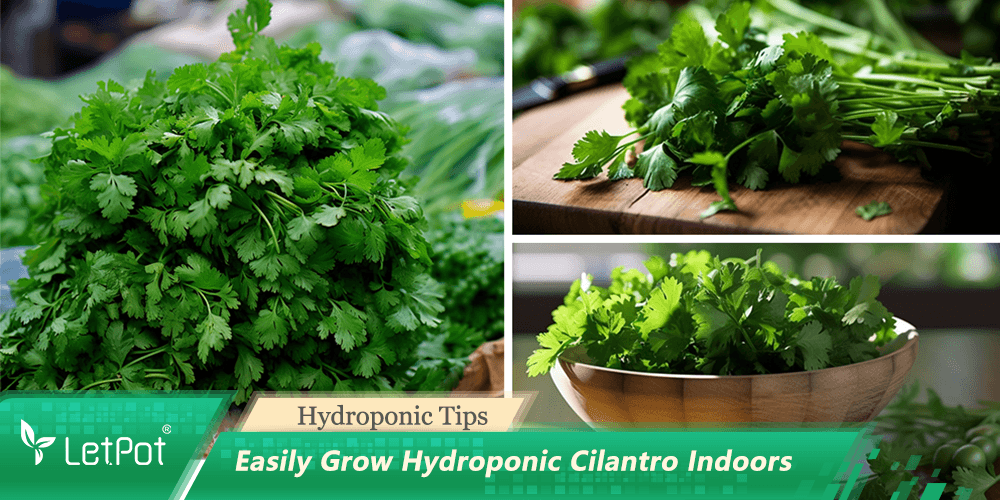
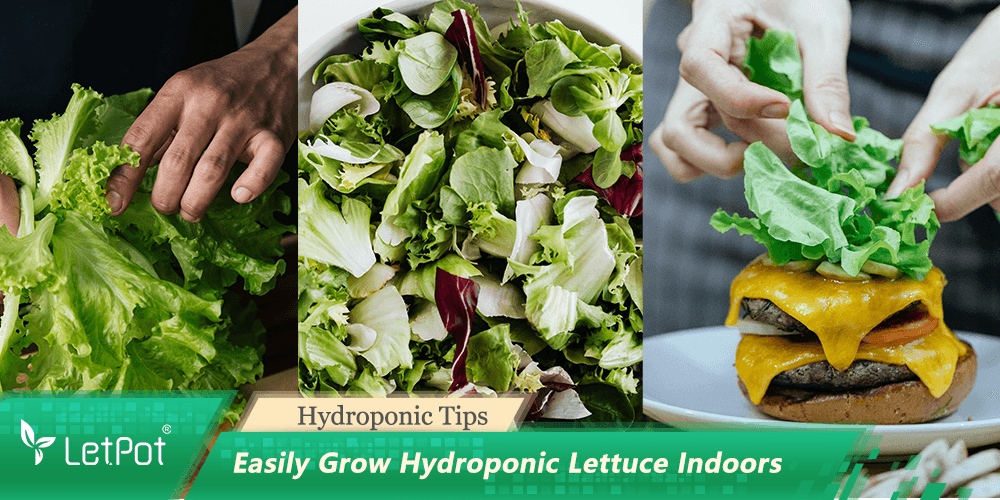
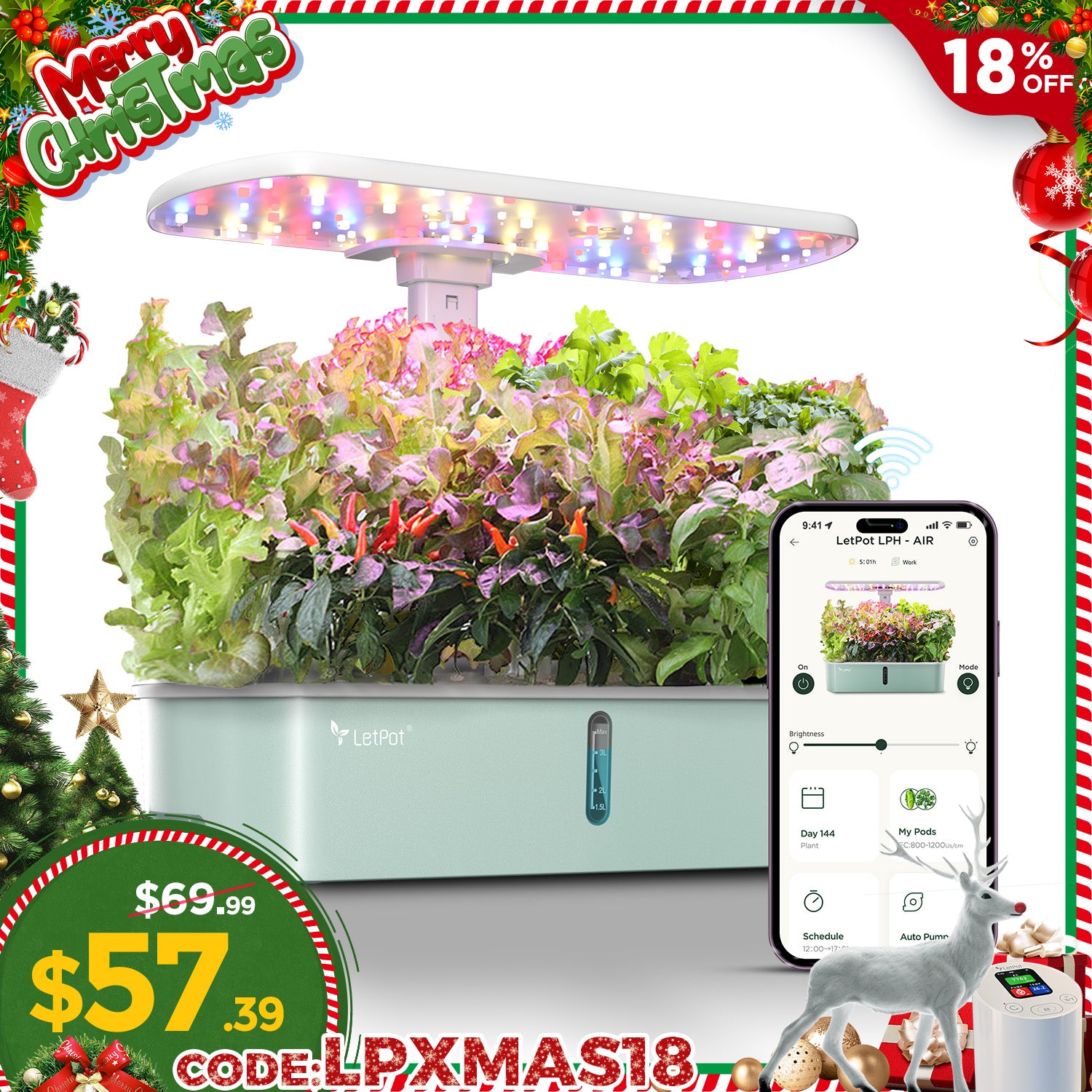

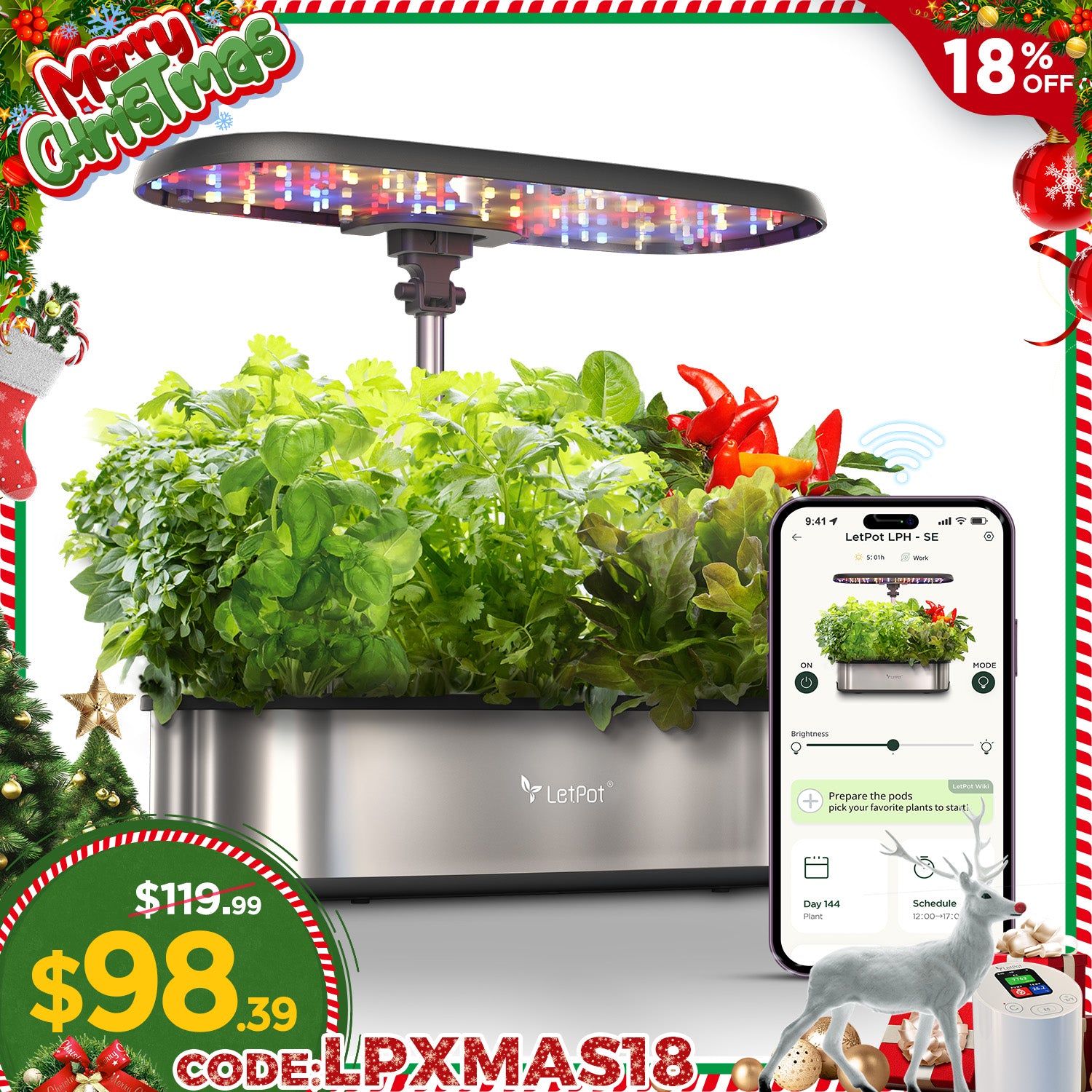
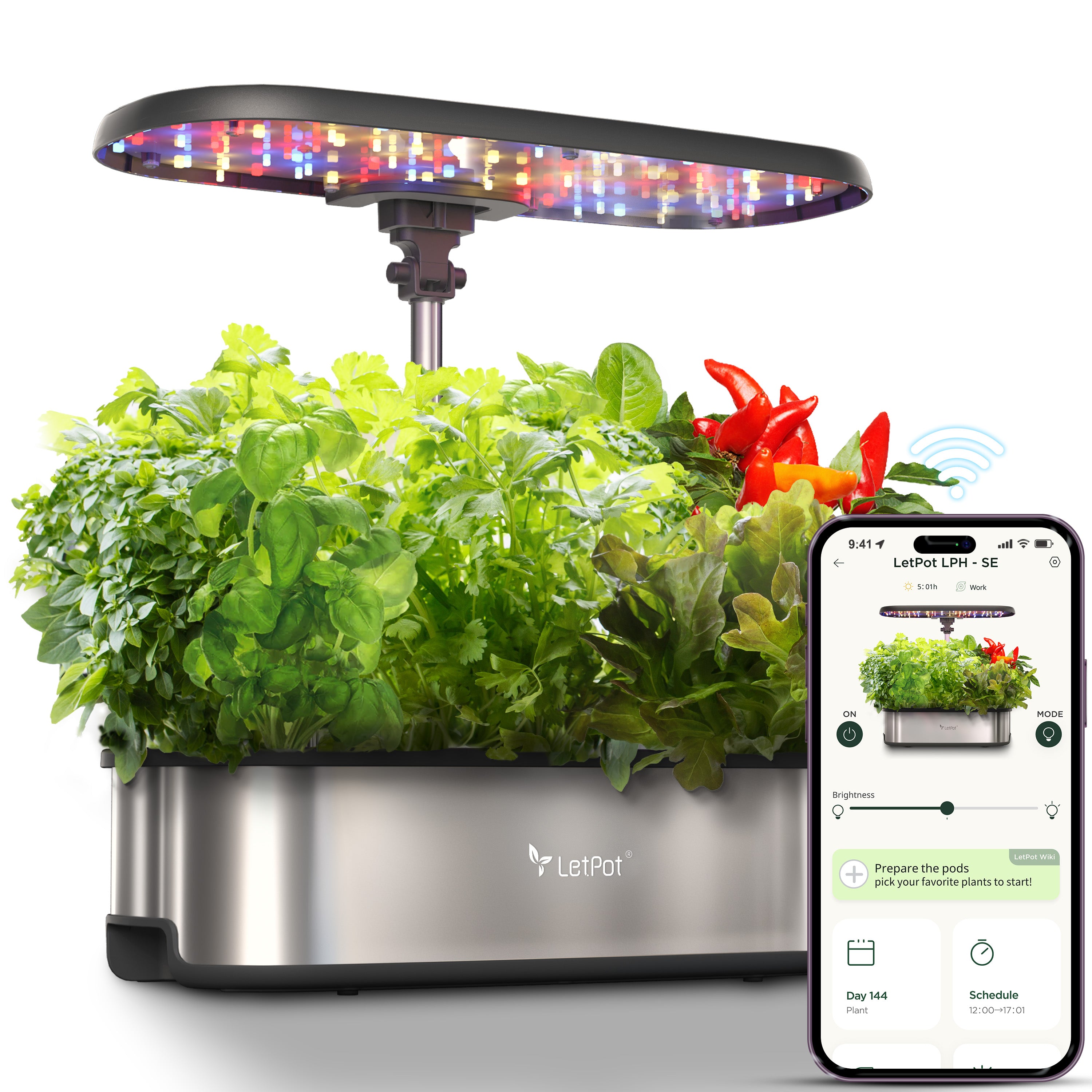

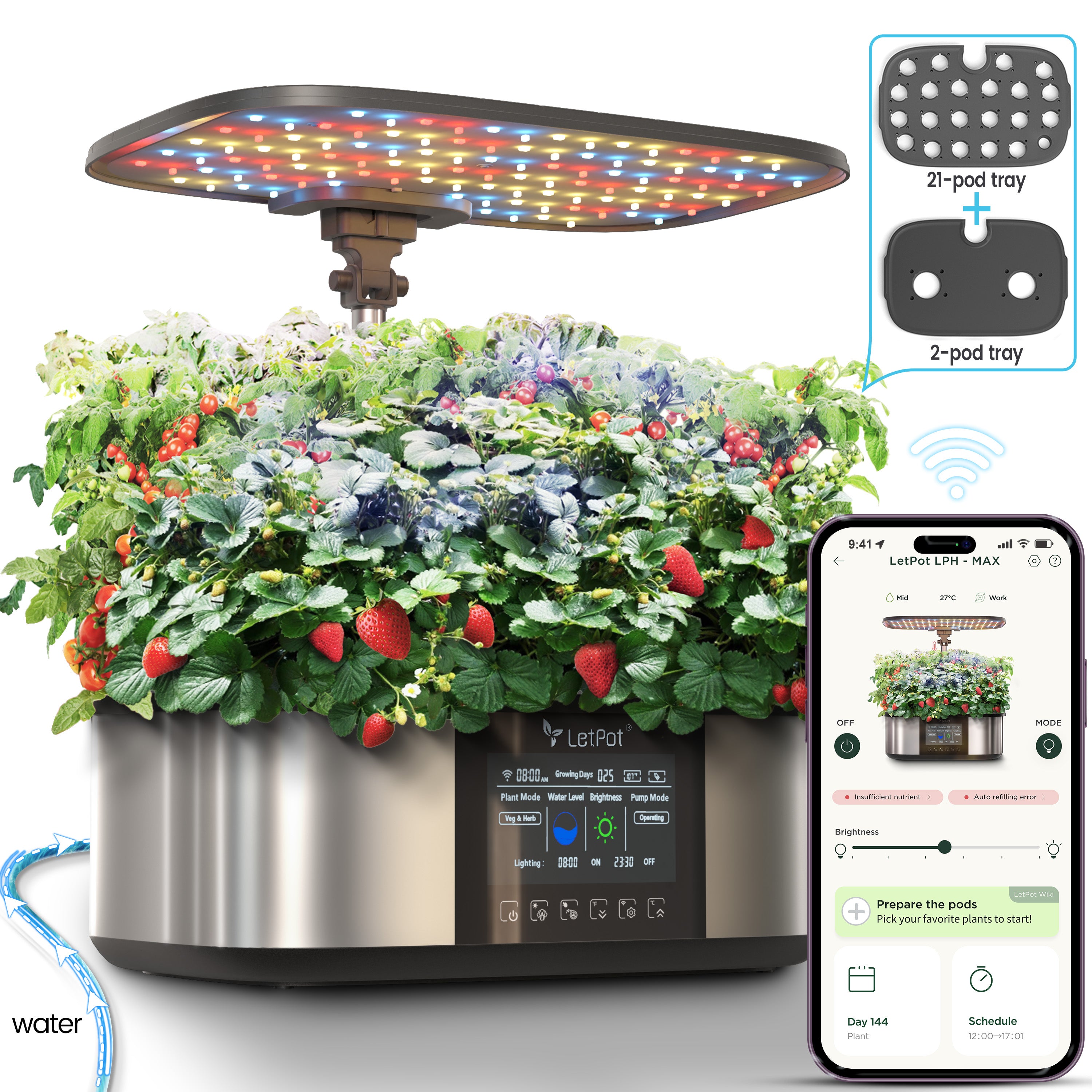
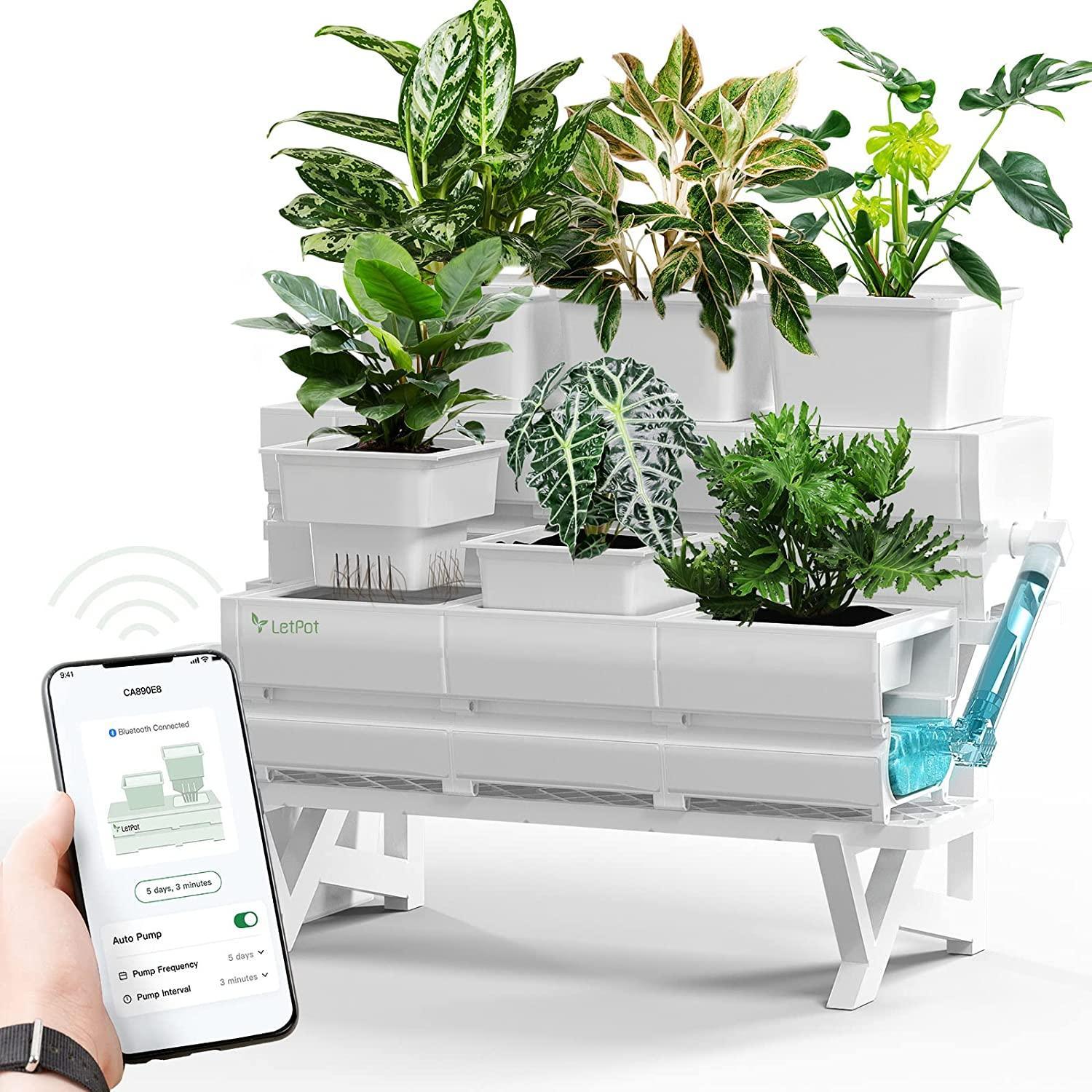
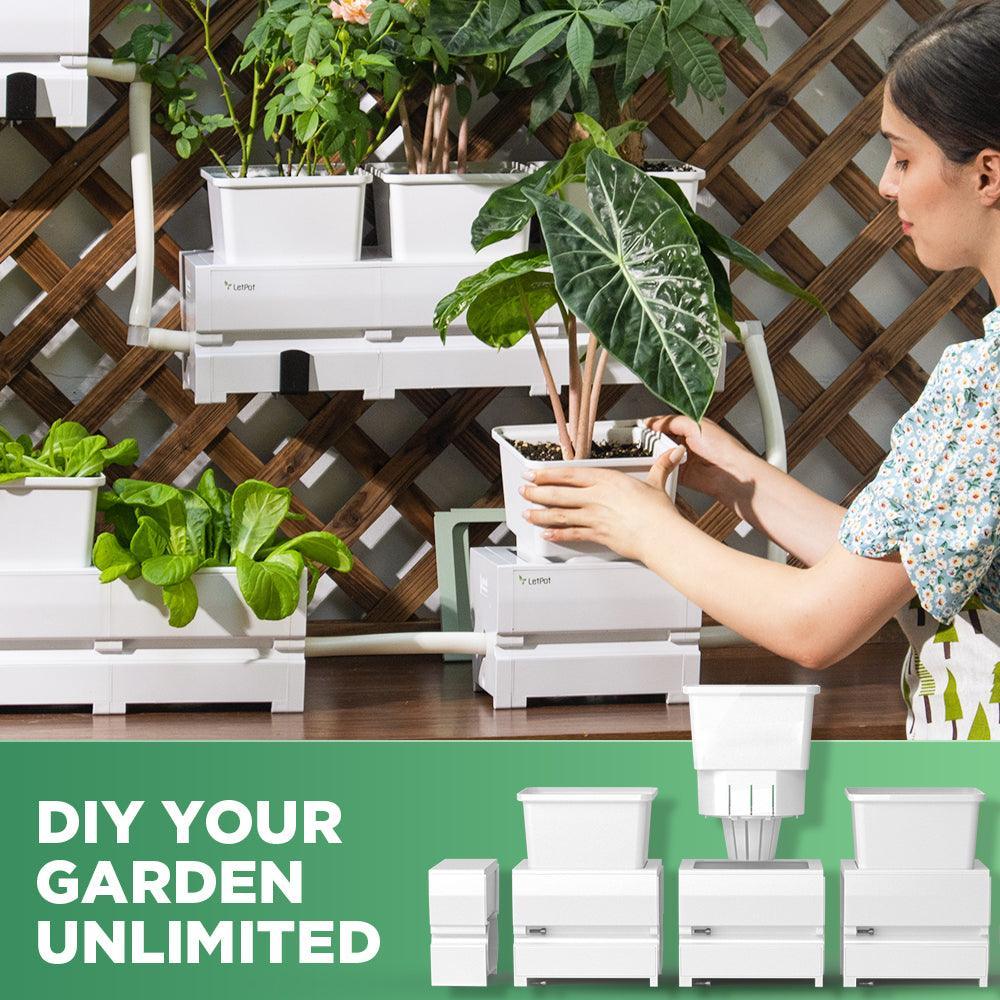
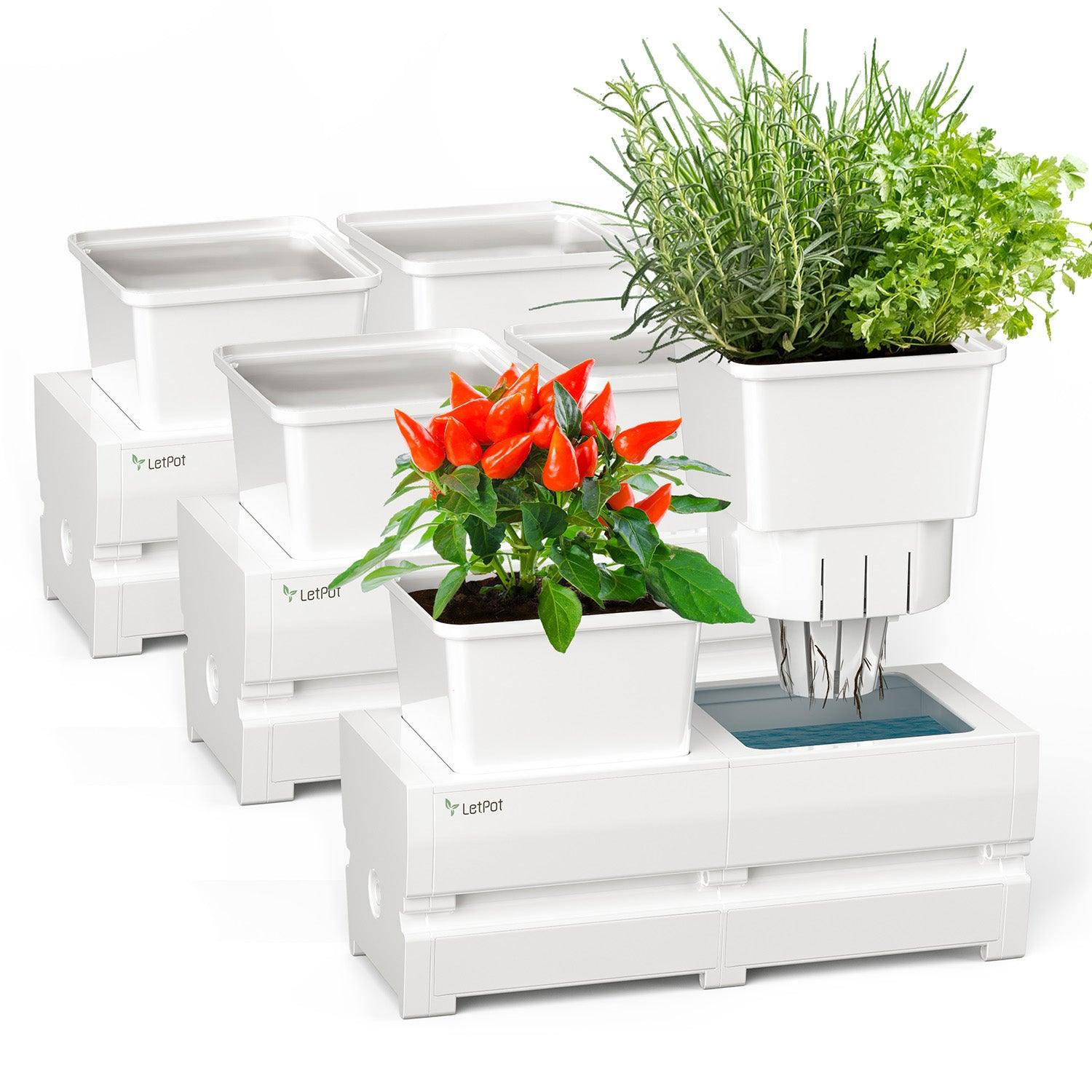
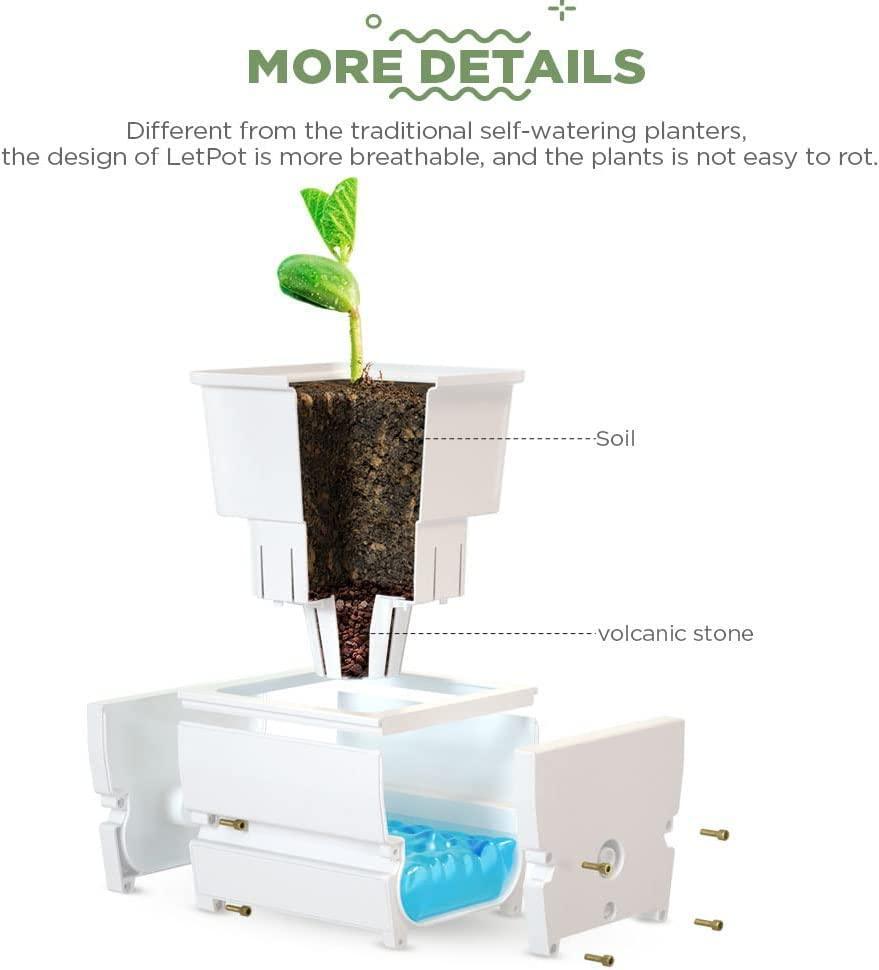




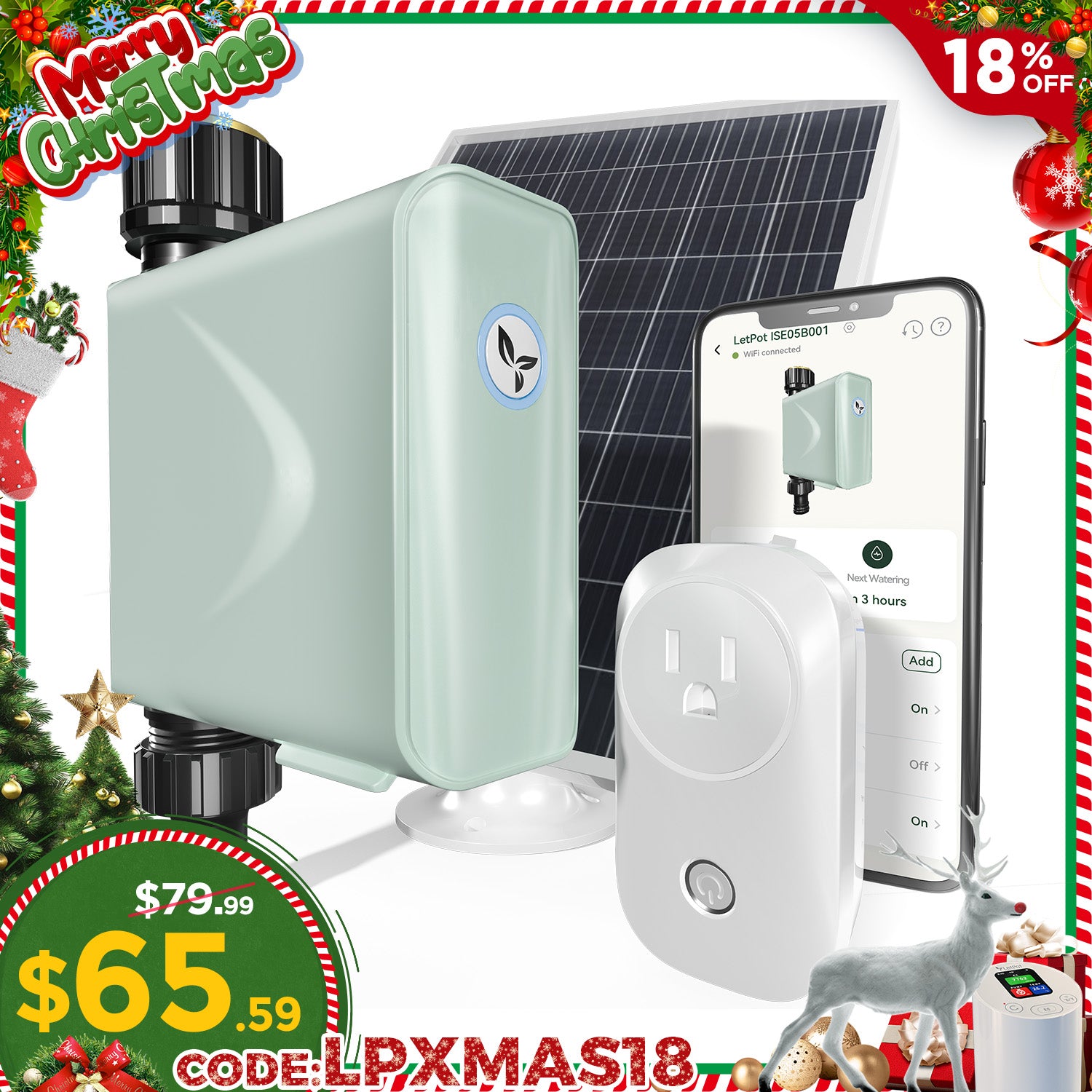
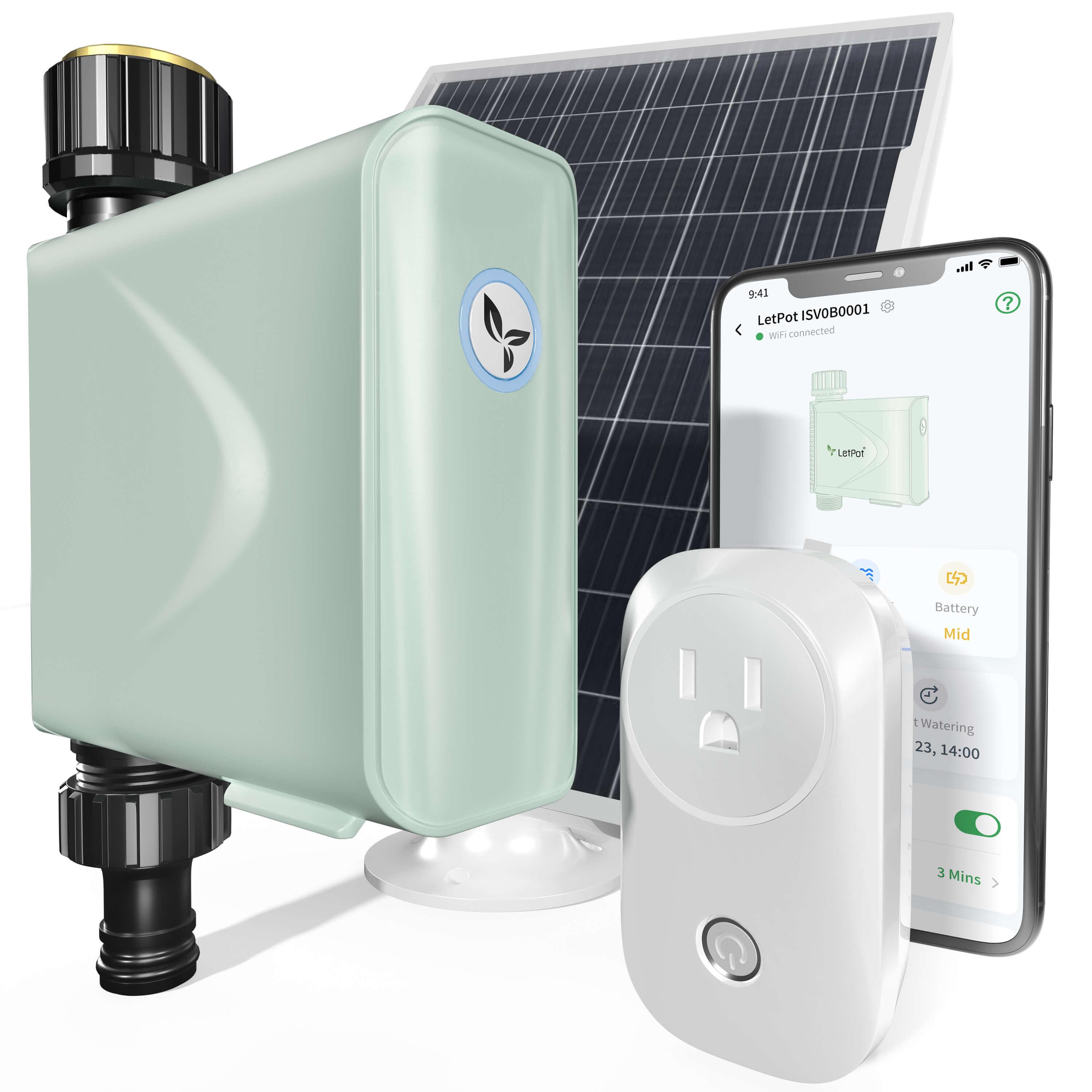

Leave a comment
All comments are moderated before being published.
This site is protected by hCaptcha and the hCaptcha Privacy Policy and Terms of Service apply.